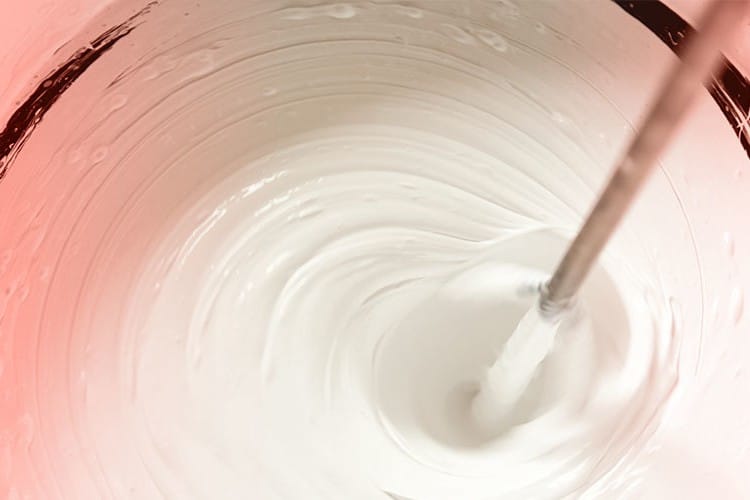By K. Michael Peck, Michael J. Pauley, Kuo-Tsai Griffin Lai, and Ingrid K. Meier, Evonik Corporation
Foam is a common problem in liquid coatings. It can lead to reduction in efficiency and performance through all aspects of the process. During preparation of a formulation, trapped air can lead to poor mixing, low container-fill weights, and challenges in material incorporation. During use, foam can disrupt continuous processes, overflow reservoirs, and cause frustration to painters during brush, roll, or spray application.
If foam remains in the coating film after drying and curing, it can lead to visual surface defects and degrade a coating’s durability and its ability to protect the substrate below. Foam is pervasive and proper control of it is a critical aspect of preparing and applying a coating. With the wide diversity of coating chemistries, properties, processes, and application methods, foam control often requires careful consideration, modification of processes and formulations, as well as extensive time and resources to conduct the needed testing.
Significant literature exists that discusses the stabilization and disruption of foam in waterborne coatings.1,2 The unique nature of water and the variety of foam-stabilizing additives used to formulate waterborne coatings make foam a common issue in these types of formulations. This has led to extensive research in the development and positioning of defoamers and deaerators used to control it.
Outside of waterborne systems, foam can still be a problem, and while the mechanisms of stabilization and control have similarities, the nuances of troubleshooting and overcoming challenges can be very different, particularly in high and 100% solids coating systems.
This paper reviews the sources and mechanisms of foam generation, as well as the physical processes of foam release. Results of a comparative screening in a 100% solids epoxy test system will also be discussed. A variety of commercial foam-control chemistries and their effects on different performance attributes were studied in this epoxy formulation, and the results will be used to provide greater clarity regarding their appropriate use in the troubleshooting of foam and achieving foam control.
FOAM GENERATION
Foam can enter a liquid coating from a wide variety of sources. Mixing, pouring, or agitation of a liquid coating and its physical application using a roller, brush, or spray are the most common ways that foam is generated and remains in the system. These sources dominate the concerns of foam generation, but they are not the only ones that must be considered. Poor wetting and deaeration can leave air trapped within particle agglomerates or it can be released as microfoam into the liquid.
Porous and complex substrates, combined with inadequate wetting, can also lead to foam release into a coating film or the foam can remain trapped between coating and substrate. Additionally, chemical reactions—both intended and unintended—can form gas within a coating film that may create isolated bubbles. Evaporation of volatiles during cure, particularly at higher temperatures, can also form bubbles in the coating film.
These are just a few examples of how foam may be formed within a coating, and multiple routes are often involved. To control foam, we must first consider all potential sources and work to reduce the introduction of foam wherever possible. When complete elimination of foam introduction is not feasible, then facilitating the release of the foam before the coating film is dried or cured is essential.
